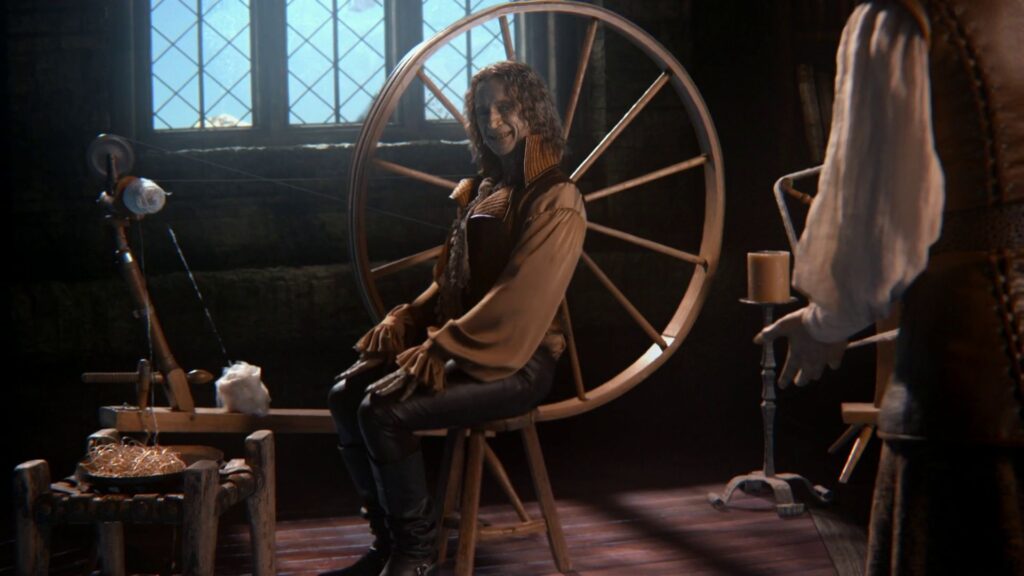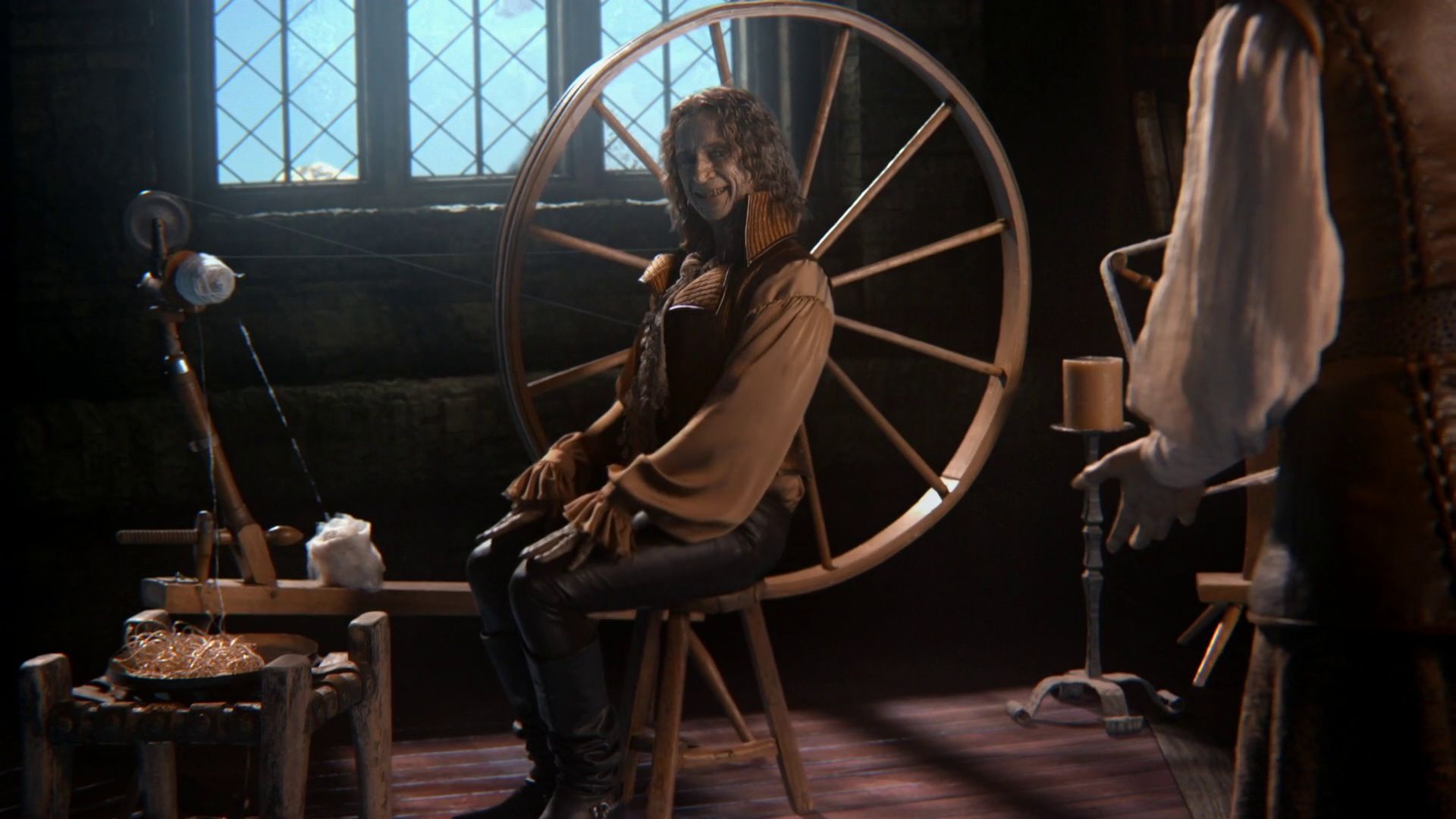
Does Rumplestiltskin Become Good? Exploring Redemption in Fairy Tales
The question of whether Rumplestiltskin becomes good is a complex one, deeply rooted in the nuances of character development and the evolving nature of morality in fairy tales. Rumplestiltskin, the enigmatic and often malevolent figure, has captivated audiences for generations with his cunning schemes and magical abilities. But can such a character truly find redemption? This article delves into the various interpretations of Rumplestiltskin’s journey, examining his actions, motivations, and ultimately, whether he achieves a state of goodness.
The Initial Portrayal of Rumplestiltskin
Rumplestiltskin is traditionally portrayed as a trickster, a dealmaker who exploits the desperation of others for his own gain. In the classic tale, he offers to spin straw into gold for the miller’s daughter, who falsely claims she can perform this impossible feat. His price? Her firstborn child. This initial depiction paints Rumplestiltskin as a selfish and potentially evil character, driven by a desire for power and control. The very essence of the story hinges on his manipulative nature and the dire consequences of making deals with him.
His motivations are often shrouded in mystery, adding to his intrigue. Is he simply a mischievous imp, or does a deeper, more tragic history fuel his actions? Understanding his background is crucial to assessing any potential for redemption. The original Grimm’s fairy tale offers little insight into his past, leaving much to the imagination of storytellers and audiences alike. However, modern interpretations often explore the possibility of past wrongs inflicted upon Rumplestiltskin, suggesting that his villainy may stem from a place of pain or injustice.
Exploring Rumplestiltskin’s Motivations
To understand if Rumplestiltskin becomes good, we must first dissect his motivations. Why does he crave power? Why does he make these seemingly cruel deals? While the traditional tale offers limited insight, many modern adaptations delve deeper into his psyche. Some interpretations suggest that Rumplestiltskin is driven by a deep-seated loneliness and a desire for connection. His deals, though often exploitative, could be seen as a twisted attempt to establish relationships, albeit on his own terms.
Others posit that Rumplestiltskin is motivated by a thirst for revenge. Perhaps he was wronged in the past, and his current actions are a way of evening the score. This perspective adds a layer of complexity to his character, making him more than just a simple villain. If his actions are rooted in past trauma, then the possibility of redemption becomes more plausible. Understanding his “why” is paramount to determining if he can ever truly become good.
Instances of Potential Goodness
Despite his initial portrayal as a villain, there are instances where Rumplestiltskin’s actions hint at a potential for goodness. Perhaps the most significant example is the loophole he provides in his deals. He gives the miller’s daughter (or the queen in some versions) the opportunity to guess his name, thereby freeing her from her obligations. This act suggests a glimmer of fairness, a willingness to allow his victims a chance to escape their predicament. While some may argue that this is simply part of his game, it also reveals a potential for empathy, or at least a desire to avoid being perceived as purely evil.
Furthermore, some interpretations portray Rumplestiltskin as a reluctant villain, forced into his role by circumstances beyond his control. In these versions, he may be bound by a magical curse or compelled to act in a certain way due to a past transgression. This external force diminishes his agency and makes his actions less indicative of his true nature. If he is merely a puppet of fate, then the possibility of him breaking free and embracing goodness becomes a central theme.
The Impact of Adaptations: Modern Takes on Rumplestiltskin
Modern adaptations of the Rumplestiltskin story often explore the character’s capacity for change in greater depth. The ABC television series “Once Upon a Time” provides a particularly compelling example. In this series, Rumplestiltskin, also known as Mr. Gold, is a complex and multifaceted character with a tragic backstory. His motivations are driven by a desire to protect those he loves, even if it means resorting to morally questionable tactics. Throughout the series, he oscillates between villainy and heroism, demonstrating a constant struggle between his darker impulses and his desire for redemption.
This portrayal highlights the idea that goodness and evil are not always mutually exclusive. Rumplestiltskin can be both selfish and selfless, cruel and compassionate. His journey is one of constant evolution, shaped by his experiences and his relationships with others. The series ultimately suggests that redemption is possible, even for those who have committed terrible acts, as long as they are willing to confront their demons and strive for a better future. The show delves into the question: does Rumplestiltskin become good by the end?
Analyzing Rumplestiltskin’s Redemption Arc
Analyzing Rumplestiltskin’s redemption arc requires a careful examination of his actions and their consequences. Does he truly atone for his past sins? Does he make amends to those he has wronged? Or is his transformation merely superficial, a facade masking his true nature? The answers to these questions are subjective and depend on one’s interpretation of the story. Some may argue that his acts of heroism outweigh his past transgressions, while others may believe that he can never truly escape his villainous origins.
Ultimately, the question of whether Rumplestiltskin becomes good is a matter of perspective. There is no definitive answer, and interpretations will vary depending on individual beliefs and values. However, the exploration of this question provides valuable insights into the nature of morality, the possibility of change, and the enduring power of fairy tales to reflect our own struggles with good and evil. The character of Rumplestiltskin allows us to examine the complexities of human nature and consider whether even the most flawed individuals are capable of redemption.
The Role of Forgiveness in Rumplestiltskin’s Journey
Forgiveness plays a crucial role in any redemption narrative, and Rumplestiltskin’s story is no exception. Can those he has wronged forgive him for his past actions? Can he forgive himself? These are essential questions to consider when assessing his potential for goodness. If he is unable to earn forgiveness, his transformation may be incomplete, leaving him trapped in a cycle of guilt and regret.
However, forgiveness is not always easy, especially when dealing with someone who has caused significant harm. The victims of Rumplestiltskin’s schemes may understandably harbor resentment and distrust. Earning their forgiveness requires genuine remorse, a willingness to make amends, and a commitment to changing his behavior. Without these elements, his attempts at redemption may be seen as insincere.
The Significance of Sacrifice
Sacrifice is another key element in Rumplestiltskin’s potential redemption. Is he willing to put the needs of others before his own? Is he willing to risk his own well-being for the sake of others? These acts of selflessness demonstrate a genuine shift in his priorities and a willingness to atone for his past selfishness. Sacrifice can be a powerful indicator of true change, suggesting that he has moved beyond his own self-interest and embraced a more altruistic worldview.
Whether it’s sacrificing power, magical abilities, or even his own life, acts of sacrifice can solidify Rumplestiltskin’s transformation from villain to hero. These actions prove that he is willing to pay the ultimate price for his redemption, demonstrating the depth of his commitment to goodness.
Conclusion: A Matter of Interpretation
In conclusion, the question of whether Rumplestiltskin becomes good remains open to interpretation. While his initial portrayal paints him as a villain, modern adaptations often explore his capacity for change and redemption. His motivations are complex, and his actions are not always easily categorized as good or evil. Ultimately, whether he achieves a state of goodness depends on one’s perspective and their willingness to forgive his past transgressions. The enduring appeal of Rumplestiltskin’s story lies in its exploration of these complex themes, prompting us to consider the nature of morality, the possibility of change, and the enduring power of hope. The question of does Rumplestiltskin become good is a moral quandary for the ages. [See also: The Morality of Fairy Tales] [See also: Understanding Villain Redemption Arcs]

